The COVID-19 pandemic, not surprisingly, has led to a great deal of litigation throughout the country, especially as there have been challenges to the shelter-in-place and shutdown orders.
Overwhelmingly, federal and state courts have ruled in favor of the government and its power to take action to stop the spread of a communicable disease. A few of these cases already have reached the U.S. Supreme Court.
Although none of these cases have resulted in decisions after full briefing and oral argument, there have been some Supreme Court actions. What can be learned from them, and what does this tell us about the court’s likely handling of future cases arising from the pandemic?
Elections and the Pandemic
In Republican National Committee v. Democratic National Committee, the court overturned a federal district court decision to extend the time for absentee ballots to be cast. Wisconsin was holding its presidential primary on Tuesday, April 7.
There was a huge backlog of absentee ballots with many not having been delivered. In order to be counted, Wisconsin law required that they be received by April 7. A federal district court in Wisconsin extended that deadline by six days and said the ballots would be counted so long as they were received by Monday, April 13.
The Supreme Court reversed, and in a per curiam opinion held that the district court abused its discretion in the order. The court said that “extending the date by which ballots may be cast by voters—not just received by the municipal clerks but cast by voters—for an additional six days after the scheduled election day fundamentally alters the nature of the election.”
The court relied on its earlier precedent in Purcell v. Gonzalez (2006) and said: “This Court has repeatedly emphasized that lower federal courts should ordinarily not alter the election rules on the eve of an election.”
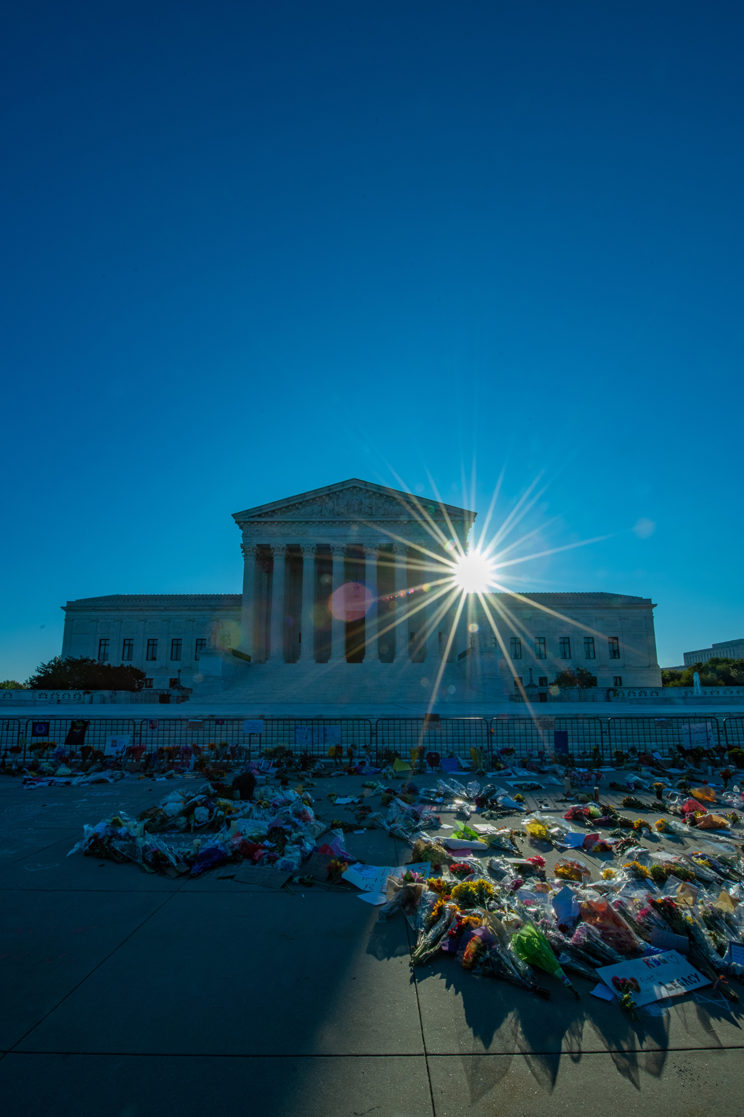
The late Justice Ruth Bader Ginsburg wrote a vehement dissent, joined by Justices Stephen G. Breyer, Sonia M. Sotomayor and Elena Kagan. She lamented that the court’s ruling would result in “massive disenfranchisement.” She explained that there had been a huge surge in requests for absentee ballots, and many had not yet been sent or delivered.
Ginsburg said: “Either they will have to brave the polls, endangering their own and others’ safety. Or they will lose their right to vote, through no fault of their own. That is a matter of utmost importance—to the constitutional rights of Wisconsin’s citizens, the integrity of the state’s election process, and in this most extraordinary time, the health of the Nation.”
On July 2, the Supreme Court, again 5-4, stayed a federal district court order which would have made it easier for voters to cast absentee ballots for the July 14 Alabama primary. Although Alabama had expanded absentee balloting, the district court found that several restrictions “pose severe obstacles to voting” in light of the pandemic.
The district court entered an injunction that barred election officials in three counties from requiring high-risk voters to have their absentee ballot envelopes witnessed or notarized and to mail in a copy of their photo ID. The Supreme Court stayed the district court’s order, pending appeal to the 11th Circuit, while Ginsburg, Breyer, Sotomayor, and Kagan indicated that they would have allowed the balloting accommodations to remain in place.
And just a few days earlier, the Supreme Court denied a request from the Texas Democratic Party to allow all voters in the state to vote by mail without an excuse. Texas law permits absentee ballots only if a voter meets specific criteria. A federal district court, in light of the pandemic, expanded this to all voters. The 5th Circuit reversed, and the Supreme Court denied review.
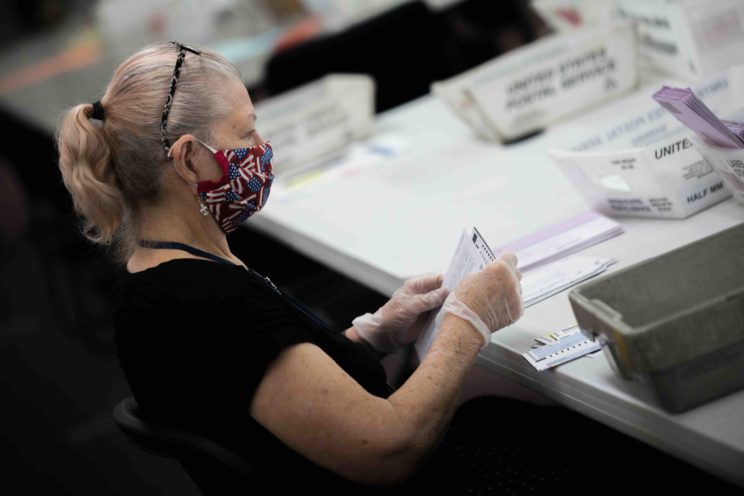
The lessons from these cases for the November 2020 election are disturbing. With the pandemic surging, there is little reason to believe that things will be significantly better by November. Protecting the right to vote without endangering health is going to require creativity and vigilance. But so far the conservative majority on the court has shown hostility to allowing district courts to fashion such solutions. The effect of the court’s decision in Wisconsin was long lines of people waiting for hours to vote, risking their health in order to cast ballots.
Also troubling is the ideological split of the justices. At this point, nationally, Republicans are trying to limit voter turnout while Democrats are seeking to expand it. The justices so far are lining up in exactly that way. One cannot help but think of Bush v. Gore from two decades ago.
Religion and the Pandemic
There have been two Supreme Court rulings involving churches challenging restrictions on religious gatherings as violating free exercise of religion. In both, the court, 5-4, upheld the COVID-19 restrictions and ruled against the religion claims. In each, Chief Justice John G. Roberts Jr. joined the liberal justices to create the majority.
On May 29, in South Bay United Pentecostal Church v. Newsom, the court rejected a challenge by a church to California Governor Gavin Newsom’s restrictions on public gatherings, limiting attendance at places of worship to 25% of building capacity or a maximum of 100 attendees. The lower courts had ruled against the church and the Supreme Court declined to intervene. There was no opinion for the court, but Roberts wrote an opinion concurring in the denial of injunctive relief.
Roberts forcefully expressed the need for great deference to government officials in their efforts to combat the pandemic.
He wrote: “The precise question of when restrictions on particular social activities should be lifted during the pandemic is a dynamic and fact-intensive matter subject to reasonable disagreement. Our Constitution principally entrusts ‘the safety and the health of the people’ to the politically accountable officials of the States ‘to guard and protect.’ When those officials ‘undertake to act in areas fraught with medical and scientific uncertainties,’ their latitude ‘must be especially broad.’ Where those broad limits are not exceeded, they should not be subject to second-guessing by an ‘unelected federal judiciary,’ which lacks the background, competence and expertise to assess public health and is not accountable to the people.”
Kavanaugh wrote a dissent arguing that Governor Newsom’s order discriminated against religious gatherings and thus violated free exercise of religion.
He wrote: “I would grant the church’s requested temporary injunction because California’s latest safety guidelines discriminate against places of worship and in favor of comparable secular businesses. Such discrimination violates the First Amendment.”
On July 24, the court again refused to overturn a governor’s restrictions on gatherings that limited assemblies for religious worship. In Calvary Chapel Dayton Valley v. Sisolak, the court without opinion denied the request for injunctive relief.
Justice Samuel A. Alito wrote an angry dissent, joined by Justices Clarence Thomas and Kavanaugh. Like Kavanaugh’s dissent in South Bay United Pentecostal Church, Alito stressed that the government was discriminating against religious entities.
He wrote: “The Constitution guarantees the free exercise of religion. It says nothing about the freedom to play craps or blackjack, to feed tokens into a slot machine, or to engage in any other game of chance. But the governor of Nevada apparently has different priorities. … That Nevada would discriminate in favor of the powerful gaming industry and its employees may not come as a surprise, but this court’s willingness to allow such discrimination is disappointing.”
Justices Kavanaugh and Neil Gorsuch wrote separate dissents echoing the same basic point that the government was impermissibly discriminating against religion.
Two cases resolved without briefing and oral argument provide a slim basis for gleaning how the court is going to deal with restrictions imposed because of COVID-19. But Roberts’s emphatic declaration of the need to defer to government officials, and his votes with the liberal justices in both cases, suggests a majority likely to give great latitude when considering restrictions imposed to stop the spread of COVID-19.
In Conclusion
At this time, there are no cases on the court’s docket for next term that directly relate to government actions taken to stop the transmission of the novel coronavirus. Certainly California v. Texas, which concerns whether the Affordable Care Act is unconstitutional, is important for how health care is provided and will be heard and decided in the midst of the pandemic.
But in light of the large number of challenges to government restrictions that have been filed in the lower courts, it is inevitable that some of these will make their way to the Supreme Court in the months ahead.
About the Author:
Erwin Chemerinsky is dean of the University of California at Berkeley School of Law. He is an expert in constitutional law, federal practice, civil rights and civil liberties, and appellate litigation. He’s the author of several books, including The Case Against the Supreme Court (Viking, 2014). His latest book, We the People: A Progressive Reading of the Constitution for the Twenty-First Century, was published in 2018.
Reprinted with permission from the August 2020 issue of ABA Journal. Copyright 2020, ABA Journal. All rights reserved. License # 71021.


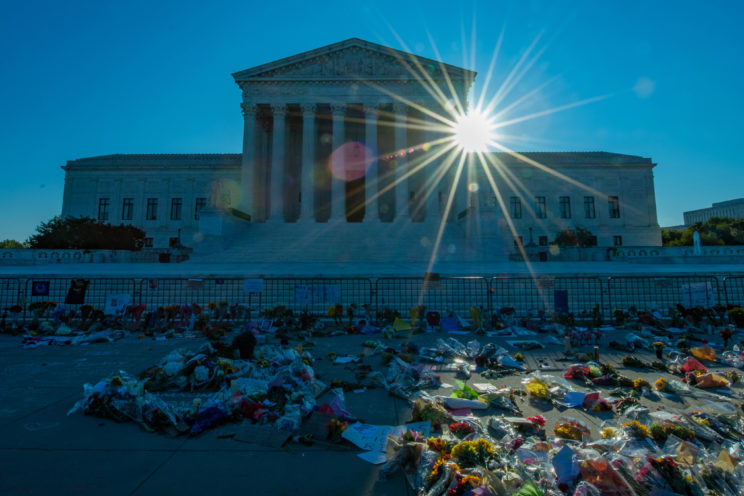
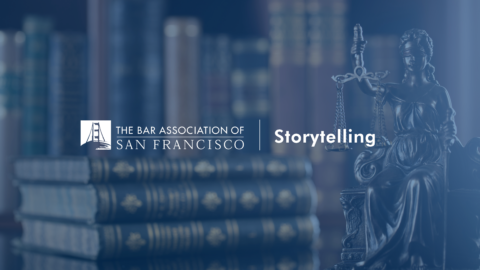
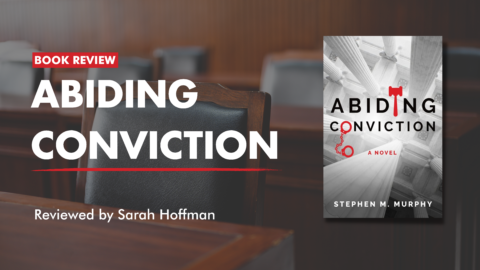
0 comments on “How Will SCOTUS Handle Future Issues Related to the COVID-19 Crisis?”